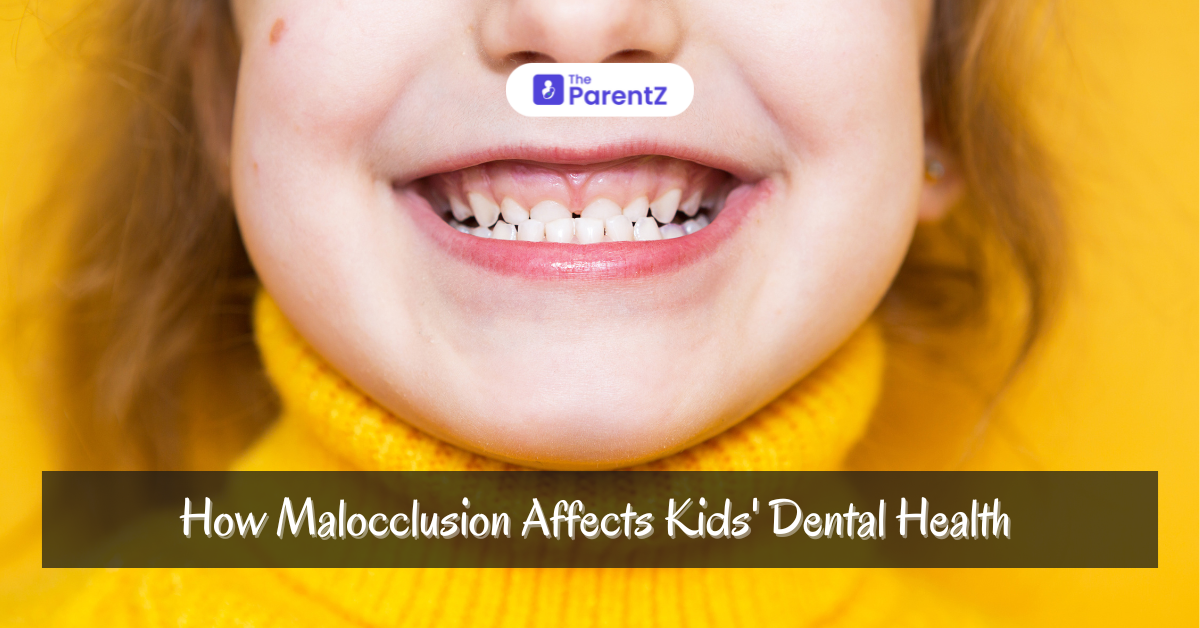Malocclusion refers to the misalignment of teeth and the incorrect relation between the upper and lower dental arches. It is a common dental issue in children, which can range from minor irregularities to severe cases affecting oral function and aesthetics. Early detection and intervention are crucial to preventing long-term complications.
How Malocclusion Affects Kids Dental Health
1. Impaired Chewing and Digestion: Misaligned teeth can make it difficult for children to chew food properly, leading to poor digestion and potential nutritional deficiencies.
2. Increased Risk of Tooth Decay and Gum Disease: Crooked or crowded teeth are harder to clean, which increases the likelihood of plaque buildup. This can lead to cavities and gum disease.
3. Speech Difficulties: Malocclusion can affect the way children pronounce certain sounds, leading to speech impediments that might require therapy to correct.
4. Jaw Pain and Headaches: Severe malocclusion can cause strain on the jaw muscles, leading to pain, discomfort, and even headaches. This can impact a child's daily activities and overall well-being.
5. Low Self-Esteem: Visible dental irregularities can affect a child’s self-confidence, leading to social anxiety and difficulties in interacting with peers.
6. Abnormal Wear on Teeth: Misaligned teeth can cause uneven pressure on certain teeth during biting and chewing, leading to premature wear and tear, which might require restorative treatments in the future.
7. Difficulty in Maintaining Oral Hygiene: Malocclusion can make it challenging for children to brush and floss effectively, increasing the risk of oral infections and other dental problems.
8. Potential for Further Complications: If left untreated, malocclusion can worsen over time, leading to more severe dental problems that could require complex treatments such as orthodontic braces or even surgery.
Conclusion
Malocclusion in children is more than just a cosmetic issue—it can have significant impacts on their overall dental health and quality of life. Early diagnosis and intervention are essential to mitigating these risks. Regular dental check-ups, orthodontic evaluations, and appropriate treatments can help ensure that children maintain healthy, functional, and attractive smiles.








Be the first one to comment on this story.